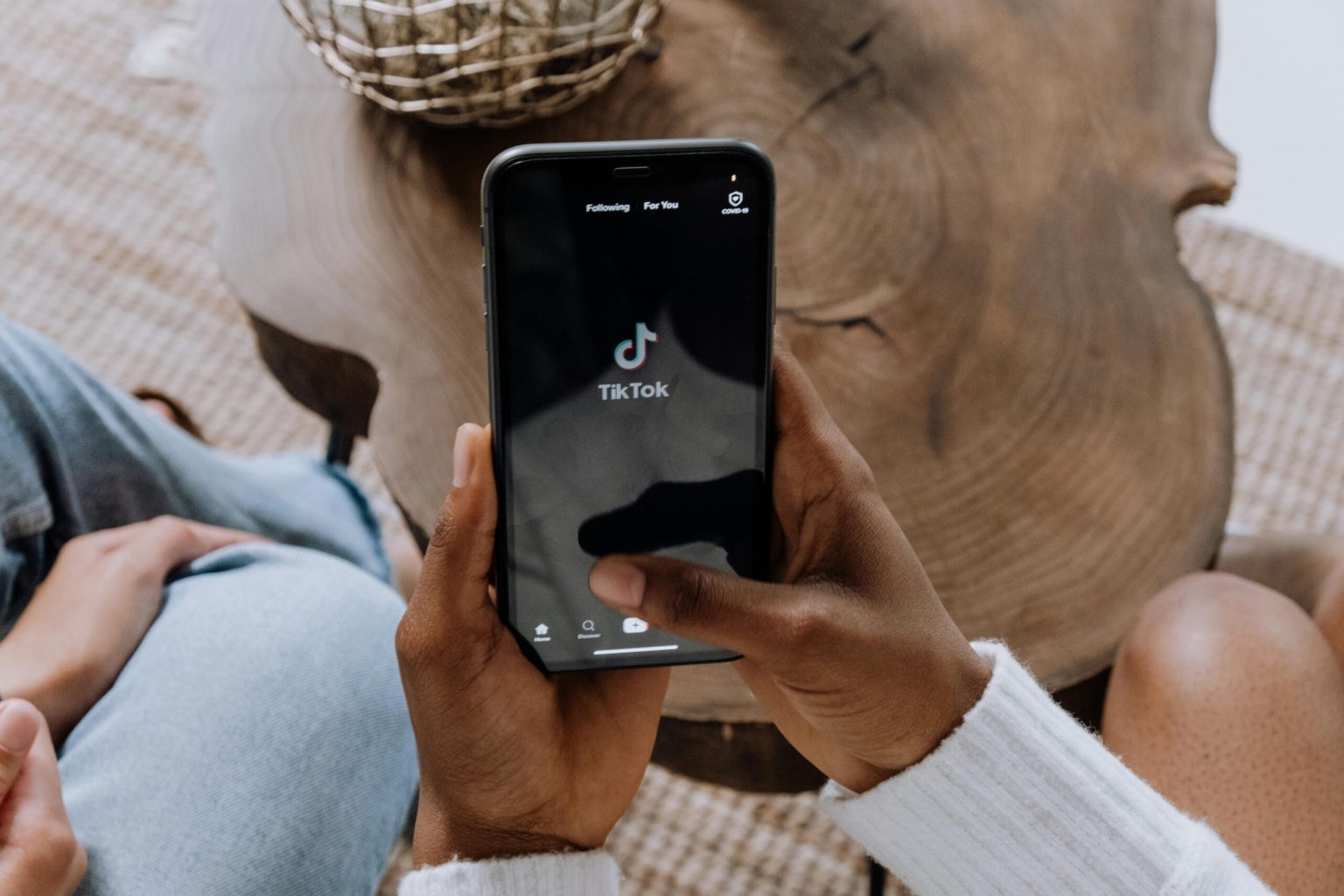Listen to the article
TikTok’s Global Contraception Misinformation Crisis Reaches Australian Shores
With over 4.85 billion views, TikTok videos about contraception are increasingly shaping how young people worldwide understand and make decisions about their reproductive health. However, a troubling trend lies beneath the platform’s glossy surface: a flood of misinformation that favors “natural” contraceptive methods while undermining trust in medical professionals.
A recent study by researchers at La Trobe University analyzing TikTok’s most popular contraception-related content found that only 10% of videos were created by qualified health professionals. The majority promoted unreliable or misleading information, raising significant concerns about the platform’s influence on reproductive health decisions.
The spread of contraceptive misinformation isn’t confined to national borders. Most content consumed by Australian users originates from the United States, where reproductive health has become deeply politicized. American cultural narratives, often shaped by ideological battles over abortion, contraception, and gender roles, are being exported via social media and absorbed into Australian discourse.
TikTok’s algorithm makes it difficult to trace or regulate this flow of information. Consequently, Australia is grappling with imported disinformation that contradicts national clinical guidelines and undermines public health messaging. The real-world consequences include increased confusion, reduced uptake of effective contraceptive methods, and a growing divide between medical expertise and public perception.
Social media has become a primary health-information source for many young people, providing instant access to answers about medications, procedures, and side effects. For individuals living far from health services, facing financial barriers, or seeking information on stigmatized topics, these digital spaces offer a valuable alternative to traditional healthcare settings.
While accurate and relatable social media content can strengthen health literacy, the research reveals a darker reality: most contraceptive content on TikTok lacks reliability and quality. Without effective regulation, ideologically driven narratives shared by unqualified influencers are amplified by algorithms that reward engagement over accuracy.
Hormonal contraception has become a particular focus of misinformation. Influencers question its safety, promote unreliable “natural” alternatives, and offer personal anecdotes rarely backed by scientific evidence. These posts often frame hormonal methods as harmful or unnatural, tapping into broader cultural anxieties about synthetic substances and medical authority.
Some examples are especially concerning. Fertility tracking apps are promoted without acknowledging the complexities of consistent use, biological variability, and the need for partner cooperation. Other posts suggest unproven methods like papaya seeds, coconut oil, or neem oil as natural spermicides—none of which are endorsed by medical research. Common myths include claims that hormonal contraception alters romantic attraction or increases divorce rates after discontinuation.
In reality, hormonal contraception is one of the most extensively researched medications. Most women can use it safely, with side effects typically being mild and temporary. Yet individual negative experiences shared online often amplify concerns, overshadowing the fact that serious risks are extremely rare.
The growing skepticism toward hormonal contraception aligns with the rise of the wellness industry, which promotes distrust of synthetic products. This cultural shift has made some women wary of medical professionals who prioritize safety and efficacy but may overlook shared decision-making or dismiss concerns about side effects.
Social media fosters a sense of community that legitimizes personal narratives and encourages users to question expert authority. In this environment, influencers often appear more relatable and trustworthy than medical practitioners, fostering a growing reliance on anecdotal advice at the expense of evidence-based care. Increasingly, healthcare providers are seen merely as gatekeepers to prescriptions, carrying significant implications for public health.
To address this growing challenge, Australia must invest in proactive strategies combining public health expertise with digital literacy and greater accountability from social media platforms. A key approach involves supporting Australian health professionals to engage more actively on platforms like TikTok, where their presence can help counter misleading narratives with credible content.
Healthcare providers need to recognize that many young adults now turn to social media for guidance. This reality should inform clinical practice during contraceptive counseling by addressing any misinformation patients may have encountered. Additionally, there is a pressing need for research exploring how global health misinformation affects local audiences.
Reproductive health is increasingly becoming a frontline issue in the broader struggle against digital misinformation. If left unaddressed, algorithms and influencers may continue to shape public understanding more than qualified experts. In a digital era where misinformation transcends borders, Australia must act to ensure its public health messaging remains evidence-based, trustworthy, and responsive.
Fact Checker
Verify the accuracy of this article using The Disinformation Commission analysis and real-time sources.




27 Comments
The cost guidance is better than expected. If they deliver, the stock could rerate.
Good point. Watching costs and grades closely.
Good point. Watching costs and grades closely.
Silver leverage is strong here; beta cuts both ways though.
Interesting update on The Global Spread of Contraceptive Misinformation Online: Impacts and Implications. Curious how the grades will trend next quarter.
Good point. Watching costs and grades closely.
Good point. Watching costs and grades closely.
I like the balance sheet here—less leverage than peers.
Good point. Watching costs and grades closely.
I like the balance sheet here—less leverage than peers.
Good point. Watching costs and grades closely.
Good point. Watching costs and grades closely.
The cost guidance is better than expected. If they deliver, the stock could rerate.
Exploration results look promising, but permitting will be the key risk.
Good point. Watching costs and grades closely.
Good point. Watching costs and grades closely.
I like the balance sheet here—less leverage than peers.
Good point. Watching costs and grades closely.
Good point. Watching costs and grades closely.
I like the balance sheet here—less leverage than peers.
Good point. Watching costs and grades closely.
Good point. Watching costs and grades closely.
Silver leverage is strong here; beta cuts both ways though.
Good point. Watching costs and grades closely.
The cost guidance is better than expected. If they deliver, the stock could rerate.
Good point. Watching costs and grades closely.
Good point. Watching costs and grades closely.